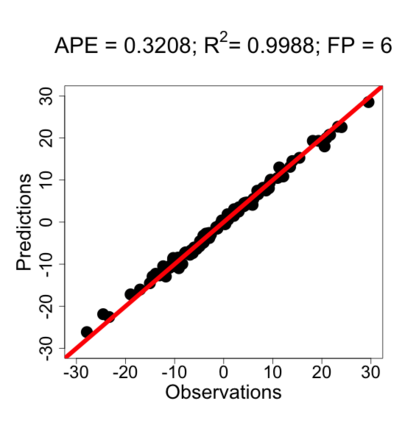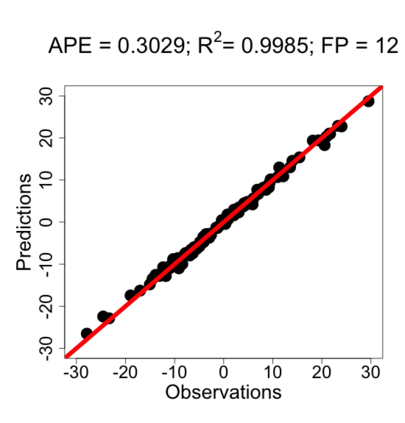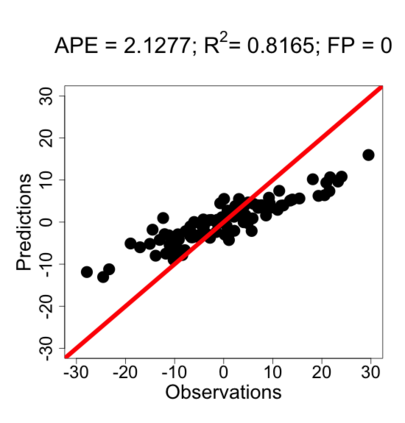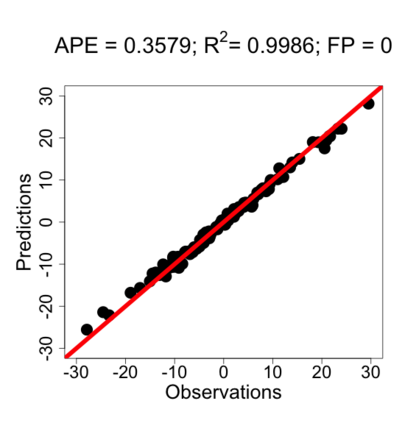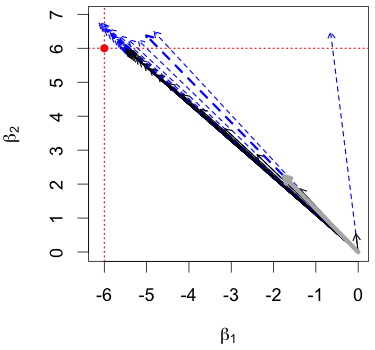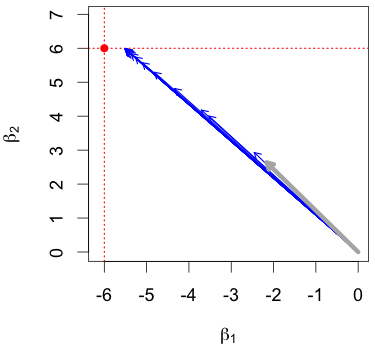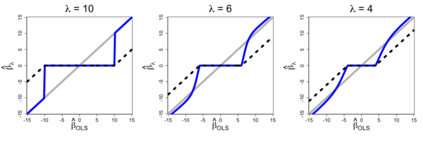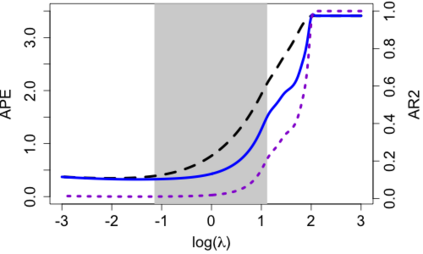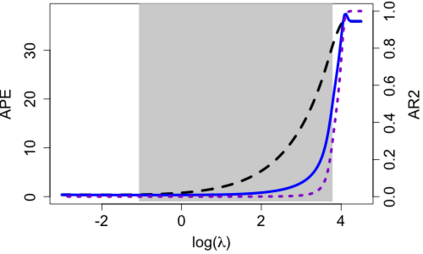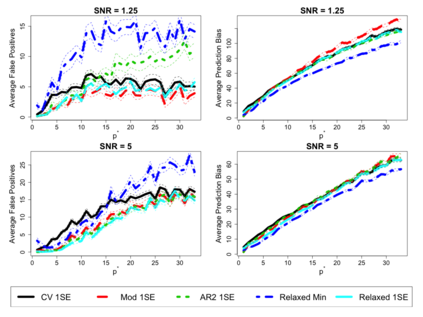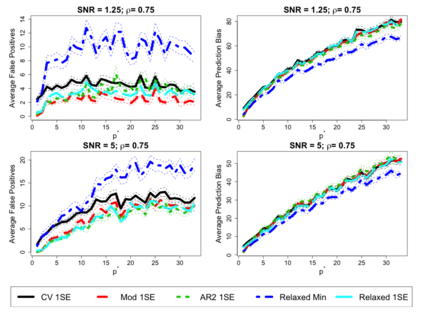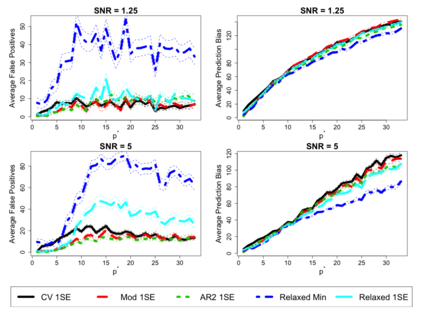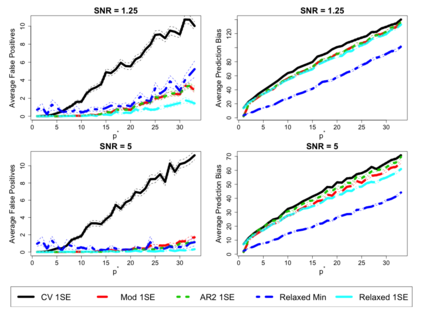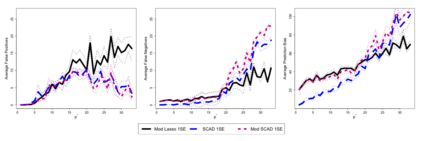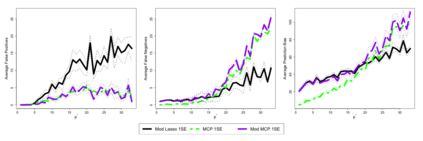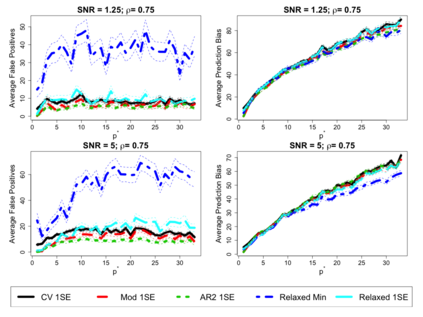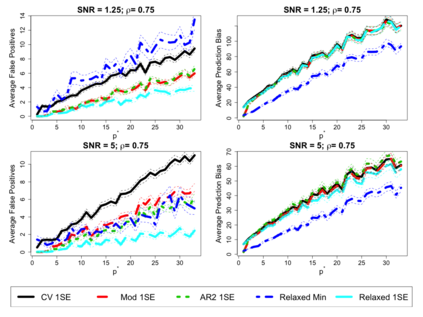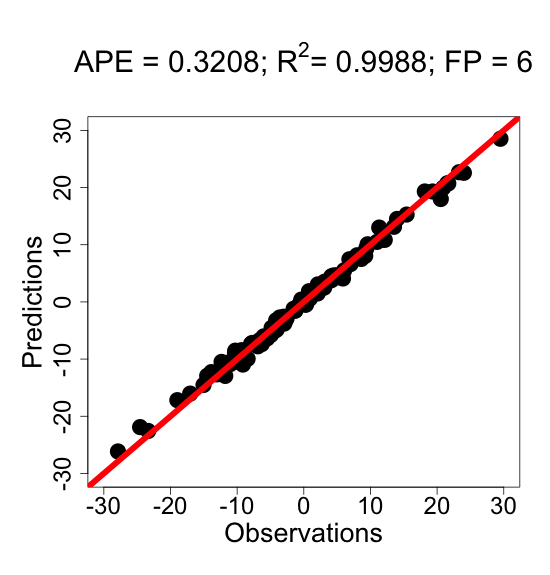The tuning parameter selection strategy for penalized estimation is crucial to identify a model that is both interpretable and predictive. However, popular strategies (e.g., minimizing average squared prediction error via cross-validation) tend to select models with more predictors than necessary. This paper proposes a simple, yet powerful cross-validation strategy based on maximizing squared correlations between the observed and predicted values, rather than minimizing squared error loss. The strategy can be applied to all penalized least-squares estimators and we show that, under certain conditions, the metric implicitly performs a bias adjustment. Specific attention is given to the lasso estimator, in which our strategy is closely related to the relaxed lasso estimator. We demonstrate our approach on a functional variable selection problem to identify optimal placement of surface electromyogram sensors to control a robotic hand prosthesis.
翻译:调整参数选择战略对于确定一个既可解释又可预测的模型至关重要。 但是,流行战略(例如通过交叉校准尽量减少平均平方预测错误)往往选择比必要更多的预测器的模型。本文件提出了一个简单而有力的交叉校准战略,其基础是观测值和预测值之间的最大正方形相关性,而不是将平方差损失降到最低。这一战略可以适用于所有受处罚的最低方位估计器。我们表明,在某些条件下,该计量器隐含着一种偏差调整。我们特别关注Lasso估计器,在这个模型中,我们的战略与放松的lasso估计器密切相关。我们在功能变量选择问题上展示了我们的方法,以确定如何最佳地放置地表电图传感器来控制机械手假肢。

